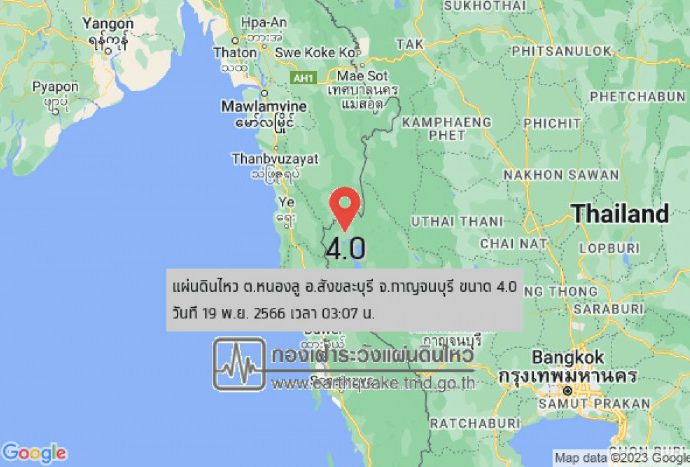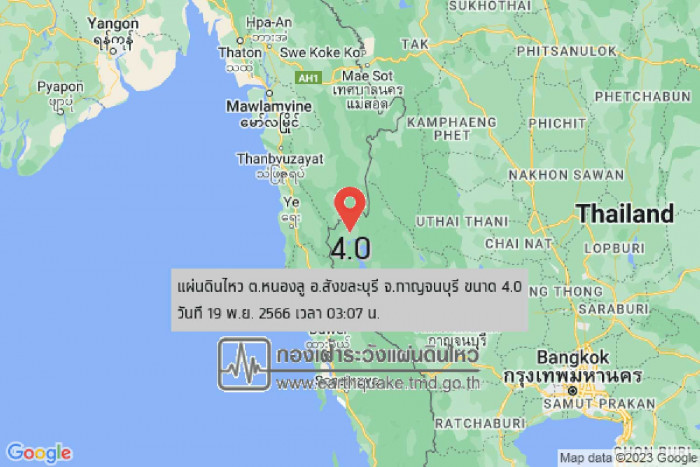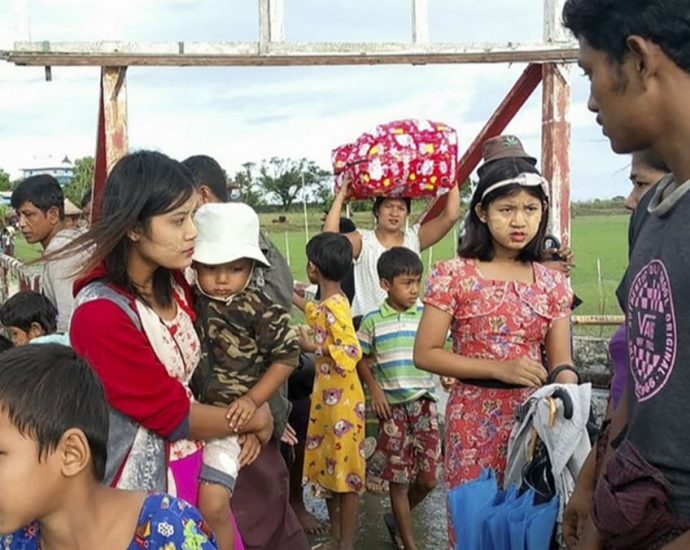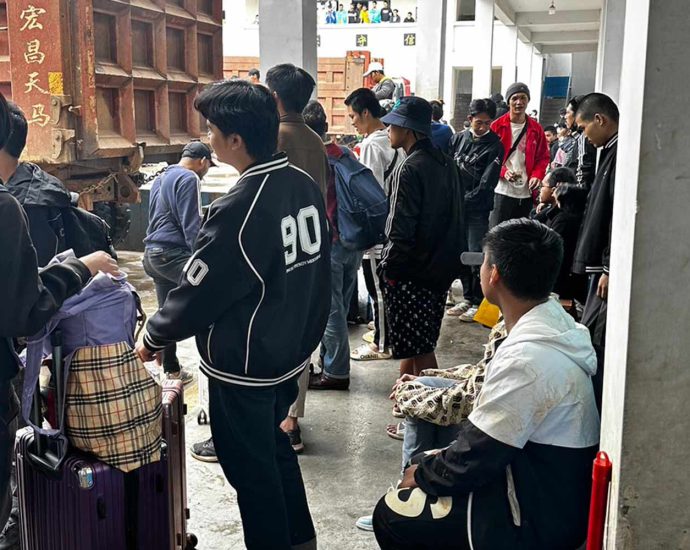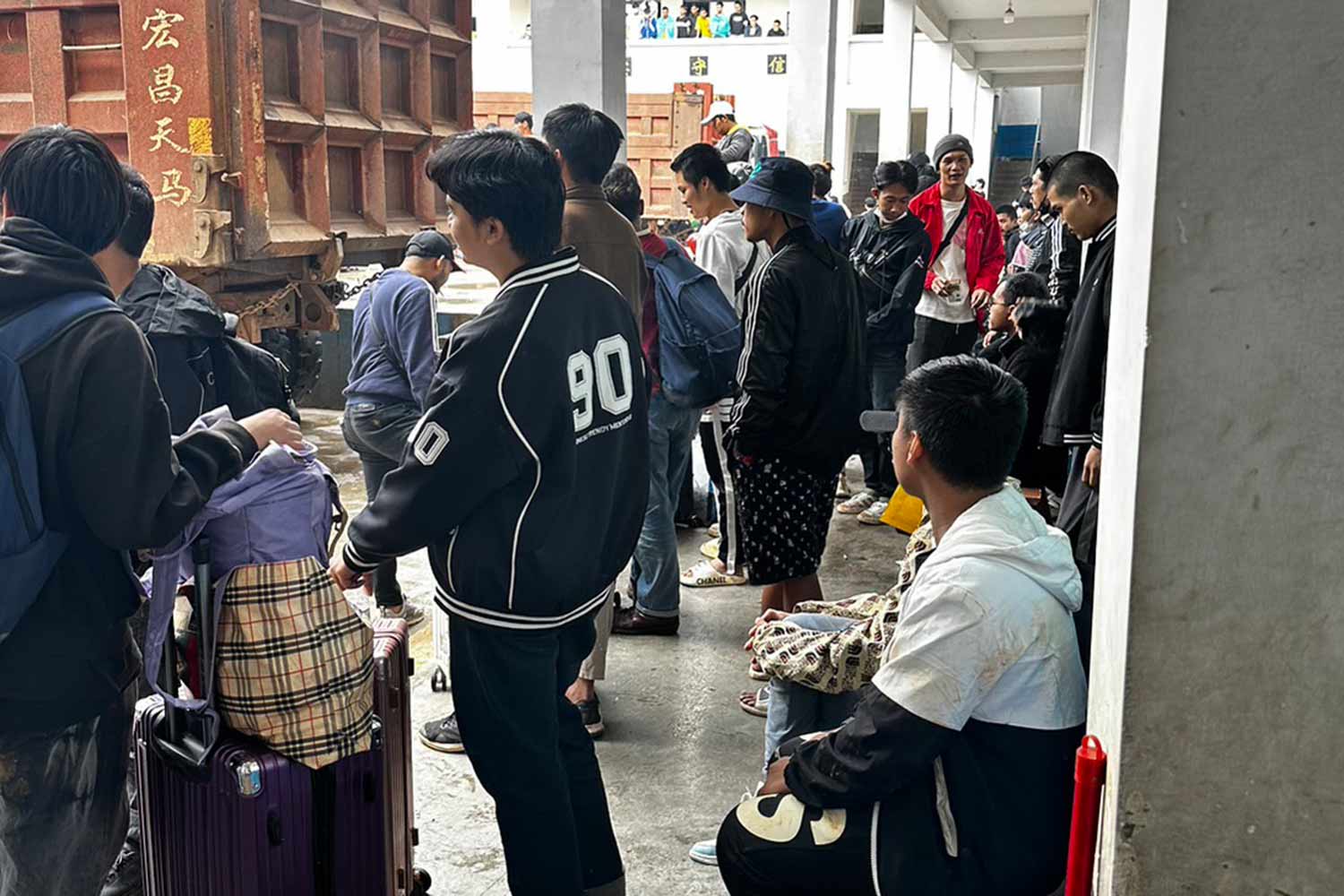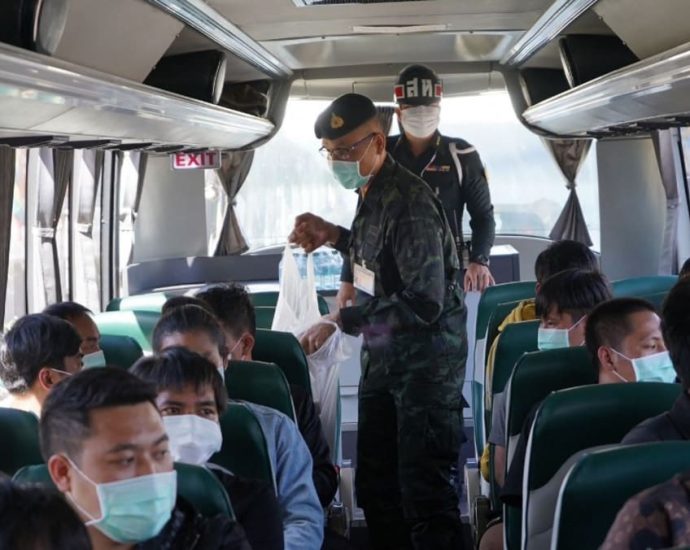Catch Taylor Swift in Singapore in style with VIP tickets, Marina Bay Sands stays â with prices starting from S$10,000

Taylor Swift fans who want to live it up while attending her concert in Singapore next March – and who also have at least S$10,000 to spare for the experience – can check out these soon to be released packages from Marina Bay Sands.
The three packages on offer include VIP tickets, stays at the hotel and Resort Dollars to spend.
The packages – named after Swift’s songs – go on sale on Thursday (Nov 23) at 10am and will be sold while supplies last.
There are six stay periods from Mar 1 to Mar 11 to choose from, with guests then attending the concert on the second night of their stay. Note that all prices listed are excluding service charge and GST.
The ‘Stay Stay Stay’ package starts from S$10,000. Here’s what you get for the price:
- Two VIP 2 (Karma Is My Boyfriend) packages, which includes tickets and merchandise
- Three-night stay in newly renovated Sands Premier Garden View Room
- Omakase dining experience for two at Koma Singapore worth S$1,000
- S$1,200 Resort Dollars to shop and dine within The Shoppes at Marina Bay Sand
- Access to all attractions across the property, such as the ArtScience Museum
The ‘Shake It Off’ Package starts from S$15,000, and comes with the following:
- Two VIP 1 (It’s Been A Long Time Coming) packages, which includes tickets and merchandise
- Three-night stay in Sands Premier Garden View Suite
- Omakase dining experience for two at Wakuda Restaurant & Bar worth S$1,000
- S$1,200 Resort Dollars to shop and dine within The Shoppes at Marina Bay Sand
- Access to all attractions across the property, such as the ArtScience Museum
- Complimentary round-trip limousine transfers
Finally, the aptly named ‘Wildest Dreams’ package will set you back S$50,000. For that, you get:
- Four VIP 1 (It’s Been A Long Time Coming) packages, which includes tickets and merchandise
- Three-night stay in the two-bedroom Paiza Signature Sea View Suite that comes with a bar stocked with cocktails, wines and spirits
- Curated dining experience by celebrity chef Wolfgang Puck at Spago Dining Room worth S$2,000
- S$2,400 Resort Dollars to shop and dine within The Shoppes at Marina Bay Sand
- Access to all attractions across the property, such as the ArtScience Museum
- Complimentary round-trip limousine transfers
The Grammy Award-winning singer is performing six shows in Singapore at the National Stadium on Mar 2, 3, 4, 7, 8 and 9 as part of the Eras Tour – her only stop in Southeast Asia. Fans queued physically and virtually for hours to get their hands on the coveted tickets.
Swift is currently performing in Brazil where she faced issues with high temperatures and the tragedy of a fan dying at one of her Rio de Janeiro shows. Her next international stop is in Tokyo in February next year.



